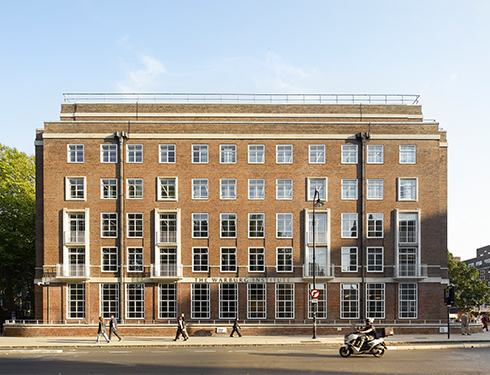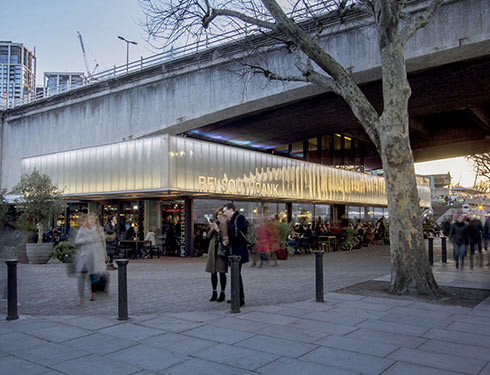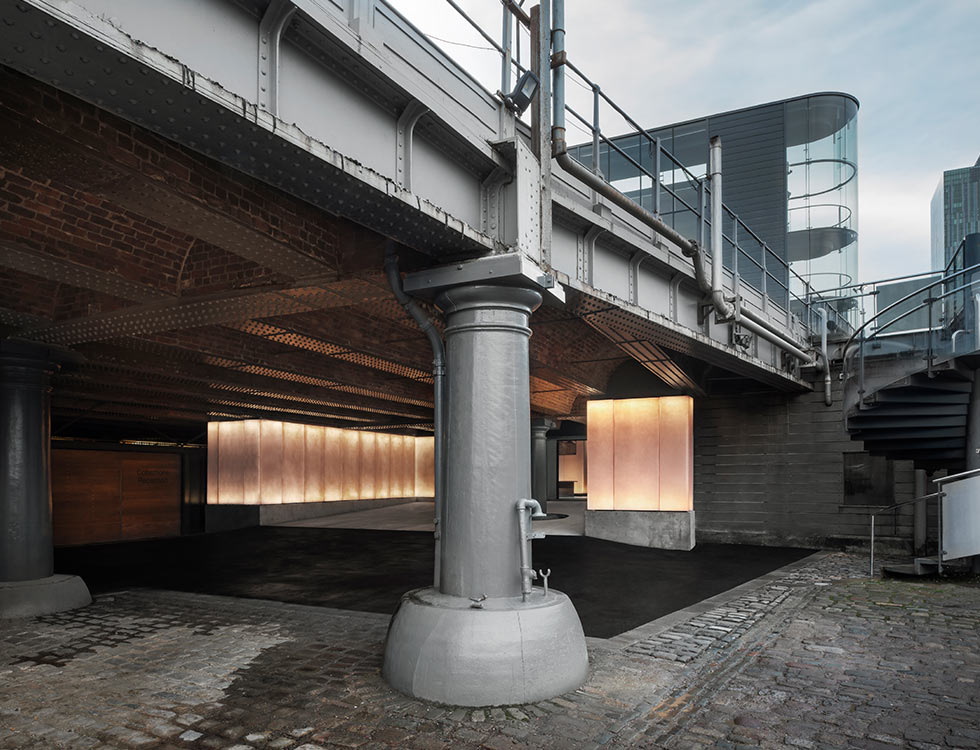
It’s not uncommon in the world of design to find people who wrestled with the choice of a career in engineering or one in architecture. There are more than a handful of them at Price & Myers. That wasn’t the case with James Stevenson. His ambitions were always guided by his passion for engineering. But for James, the discipline that helps to inform his approach to his work is his love for music.
As a pianist and a cellist James finds there are many similarities between the two disciplines of engineering and music – both value precision, structure, patterns, and rhythm. ‘As an engineer or a musician, there’s an element of personal expression – the ability to be creative – that plays a part. But I think the closest parallel is the need to collaborate effectively to be successful.’
Effective collaboration is at the heart of James’ approach to his engineering. ‘Most successful projects are built on early collaboration,’ he reflects. ‘Bringing the full team together to express ourselves and importing that diversity of thought from the different professions is endlessly interesting – you learn something new every time’. The last couple of years have presented their challenges and their benefits, but James doesn’t want to lose the enjoyment of coming together with other team members when the opportunity allows. ‘I love to get around a table with people and see what ideas appear,’ he explains. ‘The pandemic forced us to embrace some new ways of working but there’s still nothing better than direct contact with people. I always encourage the engineers in my team to get to know the people they are working with - to choose a meeting over a phone call, a phone call over an email.
James has worked on a huge variety of building typologies, from the newest of new builds to the oldest of old builds. He’s worked on everything from the cutting edge at the British Library and Royal College of Art, or temporary theatres that need to be packed up into shipping containers, to knitting together historic buildings for Cambridge campuses, or inserting a prefabricated cross-laminated timber visitors centre into a narrow gap between two 16th century listed buildings. Beverley Minster, Leicester and Salford cathedral projects also feature in his portfolio. He has a particular affinity working with historic buildings. ‘My first job at P&M was to take a disused Victorian swimming pool and reimagine it as a theatre,’ James recalls. That early encounter with a heritage property whet his appetite for what was to follow. ‘Places like old churches and cathedrals are an absolute privilege to work on. There have been custodians of these buildings, sometimes over centuries, and for a brief period it becomes my responsibility to look after them for future generations’.
Leading engineering teams on projects like these requires an inquisitive mind and an unquenchable thirst for the secrets a building keeps. ‘They require forensic detective work,’ James acknowledges. ‘Often there are no historical drawings – you have to piece it together. What’s been done? Why has it been done? Is the reason obvious or is it something more subtle? How has it been done? How can we integrate the existing structure into the architectural strategy? Part of it is to uncover the stories, to reveal the narrative of the building and elevate its importance,’ James explains.
Although he is reluctant to be pigeon-holed, and rightly so given the breadth of his experience, James is considered ‘the stone guy’ at Price & Myers. There’s nothing he doesn’t know about stone, particularly historical and contemporary stone staircases. It’s an area of expertise that draws together his approach to successful collaboration and his affection for older buildings. ‘I frequently work directly with stonemasons – craftspeople who know their material and their trade inside out – and it’s a huge amount of fun,’ James enthuses. ‘They are generous with their ideas and responsive to mine. We learn a lot from each other.’ The melding together of established skills with new ideas is an intoxicating blend for the experienced engineer. ‘Working with a stonemason, you cover a lot of ground in a short time. What type of stone shall we use? How will it affect the form of the structure? How will this one tonne slab of stone be brought to site and placed in exactly the right position? You can be decisive because you’re working with the person who is going to build it!’.
His knowledge of stone also leads to another of James’ ambitions - the reduction of embodied carbon in the built environment. As James notes, ‘we have a lot of stone in the UK. It would be great if we could use more of it.’ To this end, he has been calculating, experimenting with, and designing new ways of using this more environmentally friendly building material. ‘We are trying to get away from the carbon intensity of concrete and its process of manufacture. Using stone where we can, hugely reduces embodied carbon in construction,’ James points out. ‘My team has been working on pre-stressing stone, developing concepts into structures, and making them available for more applications. We’ve been working with testing houses to confirm our theories around using stone more dynamically and building mock-ups with stonemasons to test these ideas. Every step is an opportunity to learn something, and to take the use of stone further’. The way James sees it, there are not just huge carbon savings to be made by further exploiting the use of stone, there are aesthetic and architectural benefits as well.
James recognises the similarities between engineers and musicians. In music as in the built environment, the performance requires players who understand each other’s parts, think creatively, are disciplined in their role, bring flair and imagination when the opportunity presents, and work together to achieve something that moves people. Structural engineer as musician? Why not?
Contact
London
020 7631 5128


















